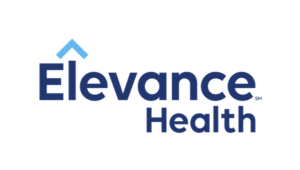translating the complexities of the korean language
A dozen dialects of the same language will require a translation service that can connect with cultures, not just communicate words. For the Korean language, CQ fluency’s approach to the world of written translation is the most accurate way to reach a market that spans two countries on the same peninsula divided by vast cultural differences.
The uniqueness of Korean
Though it may appear similar to other Asian languages, includes 14 consonants, 10 vowels and words are written in blocks of characters – not symbols like Chinese, and not words of varying letters like English.
Over the years the language has changed within itself. For instance, the spelling of “no” has been changed twice, from aniyo to anio, then back to the original of aniyo. “Thank you” was once gomewayo, then expanded into gomaweoyo. Hangul, the written form of the Korean language, was developed in the 15th century but not adopted by the country as its official writing system until the 20th century.
Understanding the Complexities of Korean
North vs South Korean
As the North and South Korean cultures grew apart during the twentieth century, so did the language.
Both countries speak Korean, but the South’s willingness to adopt words from other nations is much broader than North’s, resulting in an ever-changing mode of communication. The result is a language that may appear straightforward, but is very complex at the cultural level and requires deep cultural knowledge to correctly translate.
In the North, residents speak the Pyongyang dialect, while in the South, most speak the Seoul dialect. However, due to the open nature of the South, there are a total of five major distinctions in the language among the South’s 50 million residents that have developed over time. These distinctions carry themselves over to other countries, like the United States, causing regional dialects to exist even in these other countries.

going beyond translation
One of the key differentiators for CQ fluency is that we understand these cultural differences and are able to translate both language and local linguistic variations and concepts. We are experts in both language and culture, ensuring an accurate Korean translation every time. This means more effective communication, resulting in improved healthcare and ultimately savings for the providers with greater consumer compliance to policy and/or guidelines.
we can help you with Korean translations
Find out more information on CQ fluency’s unique approach to Korean Language translations

